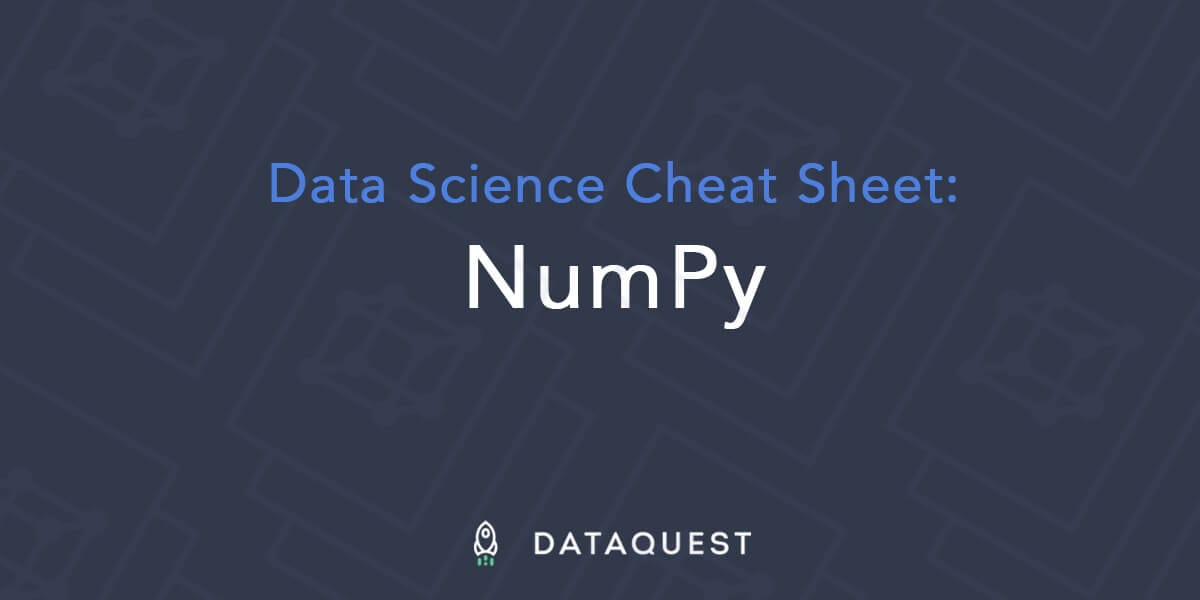Whether you’re a newcomer or native to the land of nonprofit accounting, you’ve no doubt realized that it’s complex to navigate and has its own unique set of challenges. Accounting for nonprofits emphasizes accountability, whereas accounting for for-profit businesses tends to focus primarily on profitability.
Hypertension Cheat Sheet 1. Thing thing 3another unblocked game site. Revised 8/17/14. Email justin.berk@ttuhsc.edu with any feedback. HYPERTENSION CHEAT SHEET A chronic disease of elevated arterial pressure- a measurement of how hard the heart has to work. “Primary” hypertension accounts for 95% of hypertension –mechanism is not understood. Credits This cheat sheet was created by Victoria Gregory, Andrij Stachurski, Natasha Watkins and other collaborators on behalf of QuantEcon.
For nonprofits and other tax-exempt organizations, accountability is not merely an intangible concept but a fundamental tenet that guides organizational structure, governance, and operations from the onset.
Why Do Tax-Exempt Organizations Use Fund Accounting?

Due of the nature of their work, charitable organizations are expected to uphold principles of transparency and accountability by supporters, the general public, watchdog groups, and standard-setting bodies. And when contributions or grants come with explicit stipulations for how the money can be spent, nonprofits are legally bound to honor those intensions.
Fund accounting is a crucial part of that effort because it allows nonprofits to track every dollar spent back to the original funding source to ensure that donor intentions were met. And because nonprofits often have diverse revenue streams, fund accounting also provides a method for answering key business questions such as:

- Whether there is enough available cash to pay bills and cover operating costs
- How dependent a mission-critical program might be on a single source of funding
- How much money is available to spend on a particular program based on a given budget

What is Fund Accounting?
Psych Np Cheat Sheet
Fund accounting is a system used by nonprofits and government entities for tracking resources by source, designation, and allocation. In other words:
- Where did the funding come from?
- Did the donor or funder designate the funds for a specific use?
- How were the funds spent? And were they used as intended by the donor or funder?
Yahoo Fantasy Football Cheat Sheets
A fund consists of a self-balancing set of accounts. Fund balances or net assets should be classified on the statement of financial position—known in the for-profit accounting world as a balance sheet—as “net assets with donor restrictions” or “net assets without donor restrictions.”
Net assets without donor restrictions (aka unrestricted funds), can be used at the nonprofit’s discretion. Organizations often use these funds to cover overhead and other operating costs.
Net assets with donor restricted (aka restricted funds) are designated for a specific use, such as funding a particular program, scholarship, or special project.
Even one instance of mismanagement of these funds—whether deliberate or unintentional—can lead to irrevocable damage for a tax-exempt organization. From loss of revenue due to uncertainty around a nonprofit’s credibility to loss of nonprofit status, the impacts can be devastating.
Conversely, responsible stewardship of resources coupled with clear and open communication can be powerful in helping nonprofits build trust with their stakeholders. Blueray burner for macheavenlyboard. This goes a long way toward developing a reputation as an ethically responsible organization and cultivating long-time supporters for the organization’s mission.
To learn more about basic fund accounting concepts, check out the infographic below. And if you want to know what to look for in a financial management system for nonprofits, you can download Blackbaud’s free Buyer’s Guide to Fund Accounting Software.
We’ll keep the fund accounting resources coming. Let us know if you have any questions or if there’s anything specific you’d like to see.
Np Cheat Sheet
*This post has been updated from its original version
